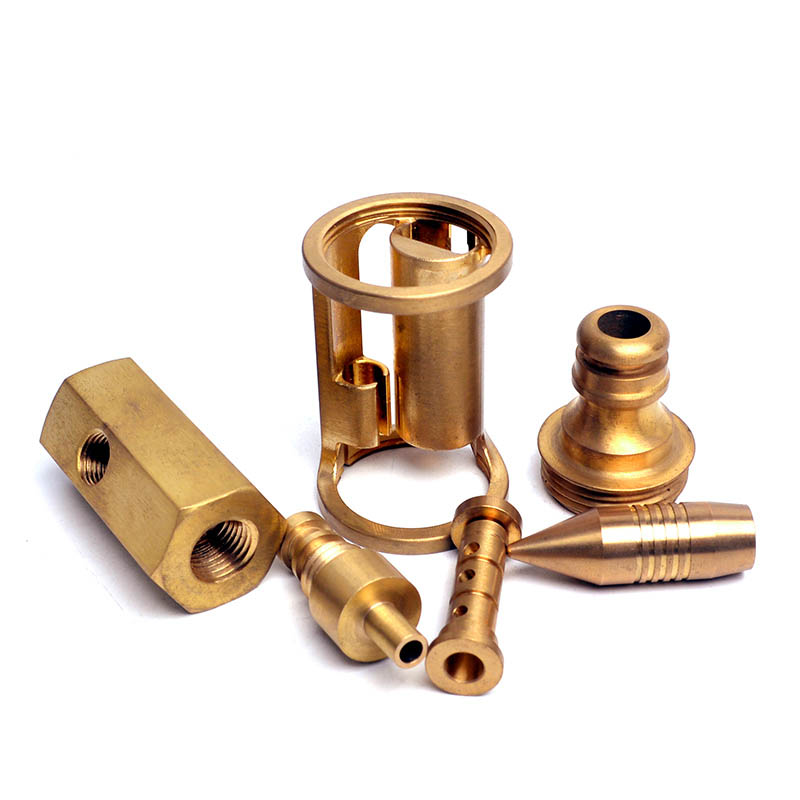
Rapid prototyping is a cutting-edge method that has transformed the product development process. By quickly creating physical prototypes, businesses can test and iterate on their ideas much faster than traditional methods. This article will explore the key aspects of rapid prototyping and its impact on product development.
Rapid prototyping is a manufacturing technique that uses computer-aided design (CAD) data to create physical models layer by layer. This technology has evolved over the years, with advancements in materials and processes. The key benefits of rapid prototyping include reduced time to market, cost savings, and the ability to make design changes quickly.
There are several types of rapid prototyping technologies, each with its own strengths and limitations. Stereolithography (SLA) uses a laser to solidify liquid resin, while Selective Laser Sintering (SLS) uses a laser to fuse powdered materials. Fused Deposition Modeling (FDM) extrudes thermoplastic materials to build the model, while Direct Metal Laser Sintering (DMLS) uses metal powders. PolyJet Technology jets layers of liquid photopolymer that are cured with UV light.
Rapid prototyping is widely used in various industries, including automotive, aerospace, healthcare, and consumer electronics. In the automotive industry, prototypes are used for testing new vehicle designs and components. Aerospace companies use rapid prototyping to create complex aircraft parts. In the healthcare industry, custom medical devices and implants are created through rapid prototyping. Consumer electronics companies use rapid prototyping to develop innovative products quickly.
Rapid Prototyping Process The rapid prototyping process involves several steps, starting with idea generation and design. The next step is prototyping, where the physical model is created. Testing and validation are crucial to ensure the prototype meets the requirements. Redesign and improvement are necessary to address any issues identified during testing.
Rapid prototyping offers numerous advantages, including faster product development cycles, cost-effective prototyping, customization, and improved collaboration. By quickly iterating on designs, businesses can reduce time to market and stay ahead of the competition. Customization allows for unique product offerings, while improved collaboration fosters creativity and innovation.
Many companies have successfully used rapid prototyping to bring innovative products to market. By rapidly iterating on designs and incorporating customer feedback, these companies have gained a competitive edge. Lessons learned from real-world applications highlight the importance of flexibility, collaboration, and continuous improvement.
Rapid prototyping is a game-changer in product development, offering speed, cost savings, and innovation. By embracing this technology, businesses can stay ahead of the curve and meet the demands of the market. The future outlook for rapid prototyping is bright, with continued advancements and widespread adoption across industries.
References For further exploration of rapid prototyping, check out these recommended sources: